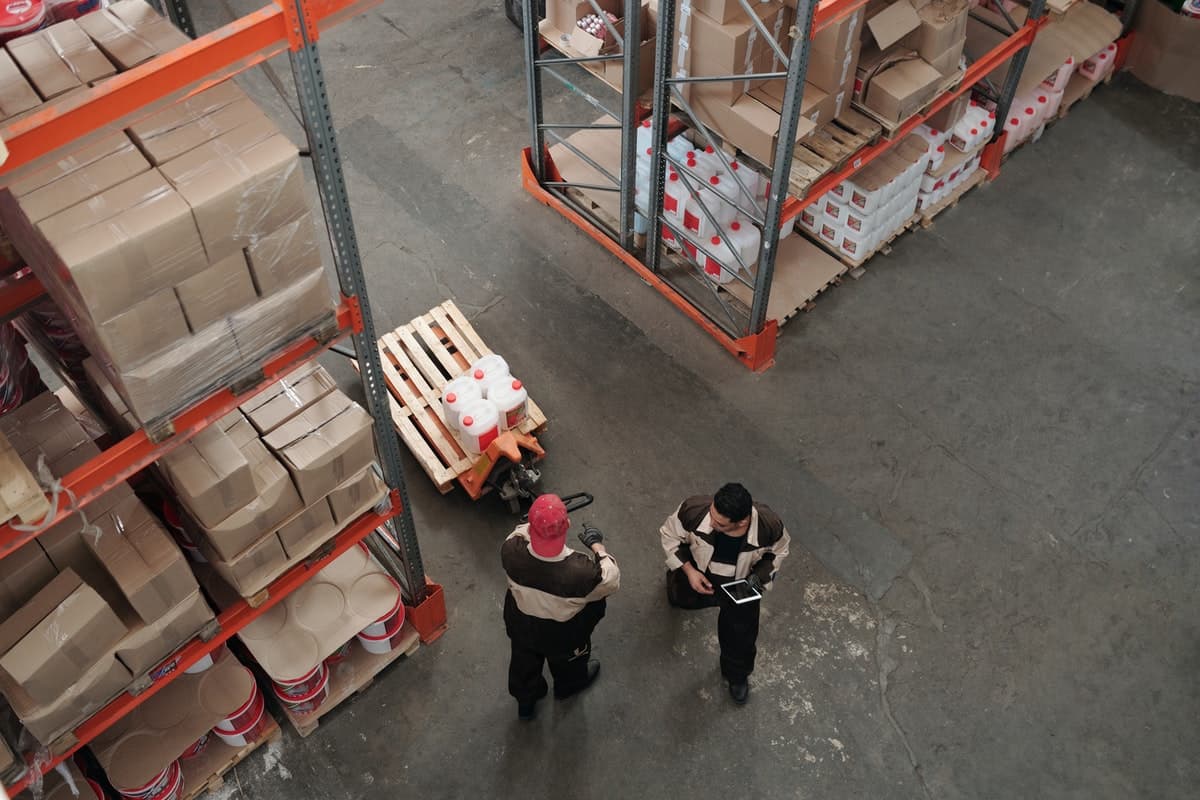The Dangers of a Poorly Stacked Pallet
Share

Obstruction and Loss of Time
A big problem with poorly stacked pallets is that they become unstacked. While that can cause injuries that we will get to in a moment, it also causes obstructions. People doing other jobs are slowed down. The people who are responsible for the pallets have to stop what they are doing to restack them.
Property Damage
A single pallet may seem relatively harmless. Pallets stacked 15 feet or even beyond the OSHA limit can have significant weight or force. When falling, these can cause other pallet stacks to fall as well as damage to product stock and can even damage forklifts and other warehouse equipment.
Tripping
Pallet stacking regulations are not limited to pallet stacks falling over. These rules also focus on ensuring that a pallet stack takes up as little space as is necessary. Additionally, pallet stacks should be kept out of pathways so that people do not trip over them and operators do not clip them. Tripping is among the most common incidents related to improperly stacked pallets in warehouses.
Poor Ergonomics
Ergonomics should not be overlooked either. Modern warehouse equipment is designed to be ergonomic and there are best practices associated with that equipment. This helps to prevent those injuries that occur not in the moment but over an extended period. When pallets are not stacked well, that often forces workers to get out of position and thus work in a non-ergonomic manner.
Head Injuries
One reason that OSHA advises pallets not be stacked beyond 15 feet is to limit the risk of head-related injuries. The higher the toppling pallets are, the greater this risk is. Such head injuries can be as minor as superficial lacerations, but they can also be quite serious. Death can occur as can serious concussions.
Leg Injuries
Leg injuries rank tops among serious warehouse injuries that can be attributed to poor pallet stacking. Sprains can occur during tripping, but falling and shifting pallets can easily break a leg. In fact, leak breakages are the most common serious injuries associated with falling pallets.
Be aware of OSHA regulations for pallet stacking, such as never stacking them side-up. Make sure your employees are trained in these practices and that they understand the risks associated with not adhering to them. Only then can you fully mitigate the dangers of poorly stacked pallets.
























